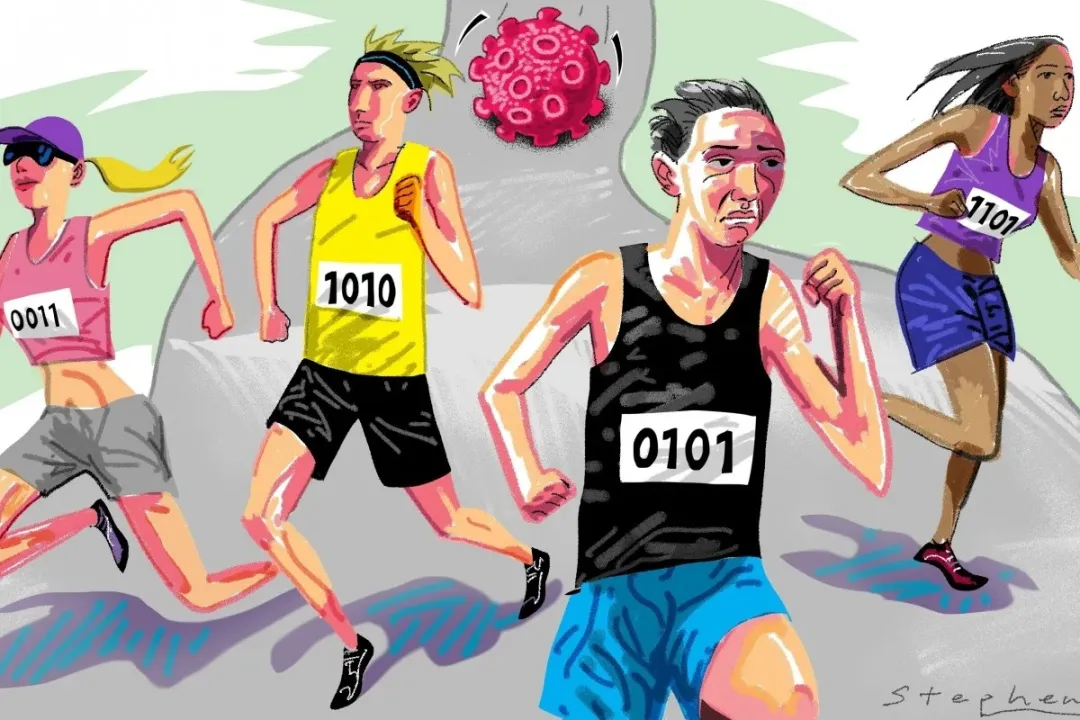China’s experience shows coronavirus second wave need not be a disaster
July 02 , 2020
By Wang Huiyao | President of the Center for China and Globalization(CCG)
The good news is Beijing’s experience shows we can tame second waves in a way that minimises disruption through greater preparedness and understanding
In the next stretch of the battle against the coronavirus, global anti-pandemic efforts need to be smarter and more collaborative
By early June, life in Beijing had largely returned to normal. Roads and restaurants were full again. Almost two months went by without a locally-acquired infection.
On June 11, a sudden spike of cases linked to a wholesale market brought back painful memories of Wuhan in January. However, unlike our first encounter with the virus, this time there was no citywide lockdown. Outside high-risk areas, life went on and the outbreak is now under control.
It is a reminder that Covid-19 spreads silently and can reappear at any time. Complete eradication is virtually impossible, a fact underlined by the re-emergence of clusters around the world, from Australia and Germany to Israel and South Korea.
The first difference is our level of understanding and preparedness. During early outbreaks, we knew little and were ill-equipped to deal with the virus. Facing uncertainty, sweeping lockdowns were the only way to avert potential catastrophe.
While many unknowns remain, we now have a better idea of how the virus spreads and affects people. Cities like Beijing have developed an immune system of structures and mechanisms that can spring into action when needed.
The second difference is how our time horizons have changed. Early lockdowns were a race against time to halt contagion at any cost before health care systems were overwhelmed. Now, we know the virus is out in the world and will linger until a vaccine arrives. We are more aware of the impact of lockdowns and how they affect our long-run ability to overcome and recover from the pandemic. The challenge we now face is more like a marathon than a sprint.
These new conditions change the calculus of pandemic management. Saving lives remains the priority, but we can and must think holistically about actions we take to suppress the virus.
As second waves sweep the world, overuse of blanket lockdowns will only exacerbate the pandemic’s economic fallout. We are already facing the worst recession since World War II, according to the World Bank, with global GDP forecast to shrink by 5.2 per cent this year. Worldwide, more than one in six young people are out of work because of the coronavirus, according to the International Labour Organisation.
Decisions to shut down cities are often framed as a direct trade-off between health and wealth. The longer the pandemic goes on, though, the more blurred this distinction becomes.
For one, lockdowns also kill people by disrupting health care and livelihoods. Avoidable non-coronavirus deaths from diseases such as cancer and measles are mounting, as are concerns about domestic violence and mental health.
Furthermore, blunt restrictions strangle economic activity and deplete the reserves we need for a long-haul battle. For individuals, savings run low and fatigue sets in, affecting compliance. State funds for treatment and prevention dwindle.
Optimising our strategy for this new, prolonged phase of the pandemic means considering its health, economic and social dimensions together. Rather than sweeping measures, efforts to deal with each new cluster should be targeted according to risk. A calibrated approach allows us to focus resources on critical areas and replenish strength when possible for the uphill struggles to come.
As for what a calibrated approach looks like, Beijing’s response points to two key ingredients. The first is data. When decision makers fly blind, one-size-fits-all measures are the only option. Data enables a more granular approach.
Beijing tested nearly 2.3 million residents within a week and notified at-risk citizens by text message. Each of the city’s 300-plus subdistricts were categorised by risk, with 41 deemed medium or high risk at the peak of the outbreak. Forty communities were isolated. Elsewhere in the city, life and business could go on with certain precautions.
Responsive social mechanisms are the second ingredient of a calibrated response. Government, the private sector and non-profits collaborated to gather, disseminate and act on data. Grass-roots teams applied relevant measures for individual neighbourhoods, buildings and organisations.
Other cities such as Hong Kong, Seoul and Singapore have also shown data-driven solutions can stop outbreaks early with less disruption than mass lockdowns. Research by the ILO supports this, finding that lost working hours can be cut by 50 per cent with effective test and trace systems.
The benefits of a calibrated approach should not be denied to countries that lack resources. Forced to choose between risky reopening and costly lockdowns, many developing countries will find the latter unbearable as time goes on.
This will cause local suffering and create reservoirs of potential reinfection for other countries. Each country will have to design their own systems by adapting best practices to local conditions, but the international community should do more to make relevant tools and expertise available.
Life in Beijing is returning to normal again after the Dragon Boat Festival. The last two weeks show how far we have come in our struggle but also how far there is to go. In the next stretch, global anti-pandemic efforts need to be smarter and more collaborative. When it comes to the coronavirus marathon, no country can cross the finishing line alone.
Topical News See more






